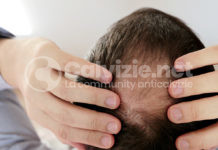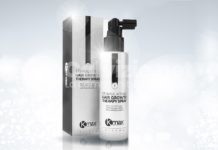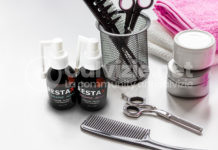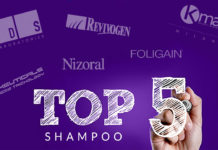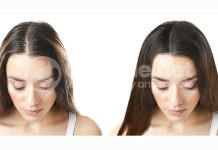Shigeki Inui, Yoko Fukuzato, Takeshi Nakajima, Kunihiko Yoshikawa, Satoshi Itami – Department of Dermatology, Osaka University Medical School.
Although androgen plays the central role in androgenetic alopecia (AGA), the pathomechanism is unsettled at the present because of the absence of suitable in vitro model system.
It has been reported that androgen inhibits the proliferation of outer root sheath cells cocultured with dermal papilla cells (DPCs) from the frontal bald scalp of stump tailed macaques, a model animal for human AGA, while this was not the case in human DPCs. In this study, we attempted establishing a coculture model of human bald DPCs and keratinocytes to identify the pathogenic mediators for the inhibition of epithelial cell growth in AGA.
Since we found that the expression of mRNA of androgen receptor (AR) decreased during subcultivation of DPCs in vitro, we transiently transfected the AR expression vector into bald DPCs by lipofection and cocultured them with keratinocytes.
In this coculture system, androgen suppressed the growth of keratinocytes by 50%, indicating that exogenous overexpression of AR can restore the phenotype of bald DPCs.
The androgen-induced inhibition of keratinocyte proliferation was antagonized by the addition of cyproterone acetate (CA), a potent antiandrogen, to the coculture of keratinocytes and bald DPCs, suggesting the specific role of AR in DPCs for the growth inhibition of cocultured keratinocytes.
We further examined the change of expression level of mRNA of various factors in bald DPCs cocultured with keratinocytes after androgen treatment by semiquantitative RT-PCR and found that TGF-ß1 was increased by androgen in bald DPCs.
Moreover, the neutralizing anti-TGF-ß1 antibody antagonized the inhibition of keratinocyte proliferation in this co-culture system in a dose dependent manner.
From these data obtained using our novel powerful coculture model for AGA, we suggest that androgen-inducible TGF-ß1 derived from DPCs mediates hair growth suppression in AGA.







